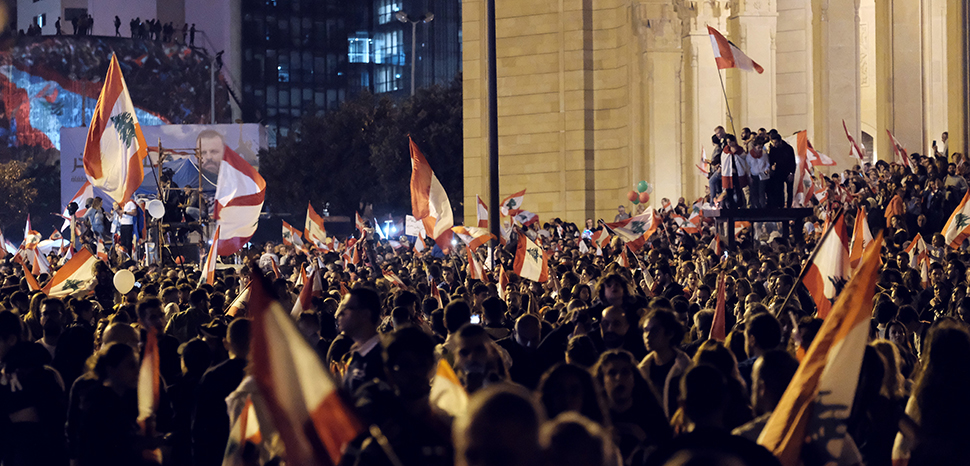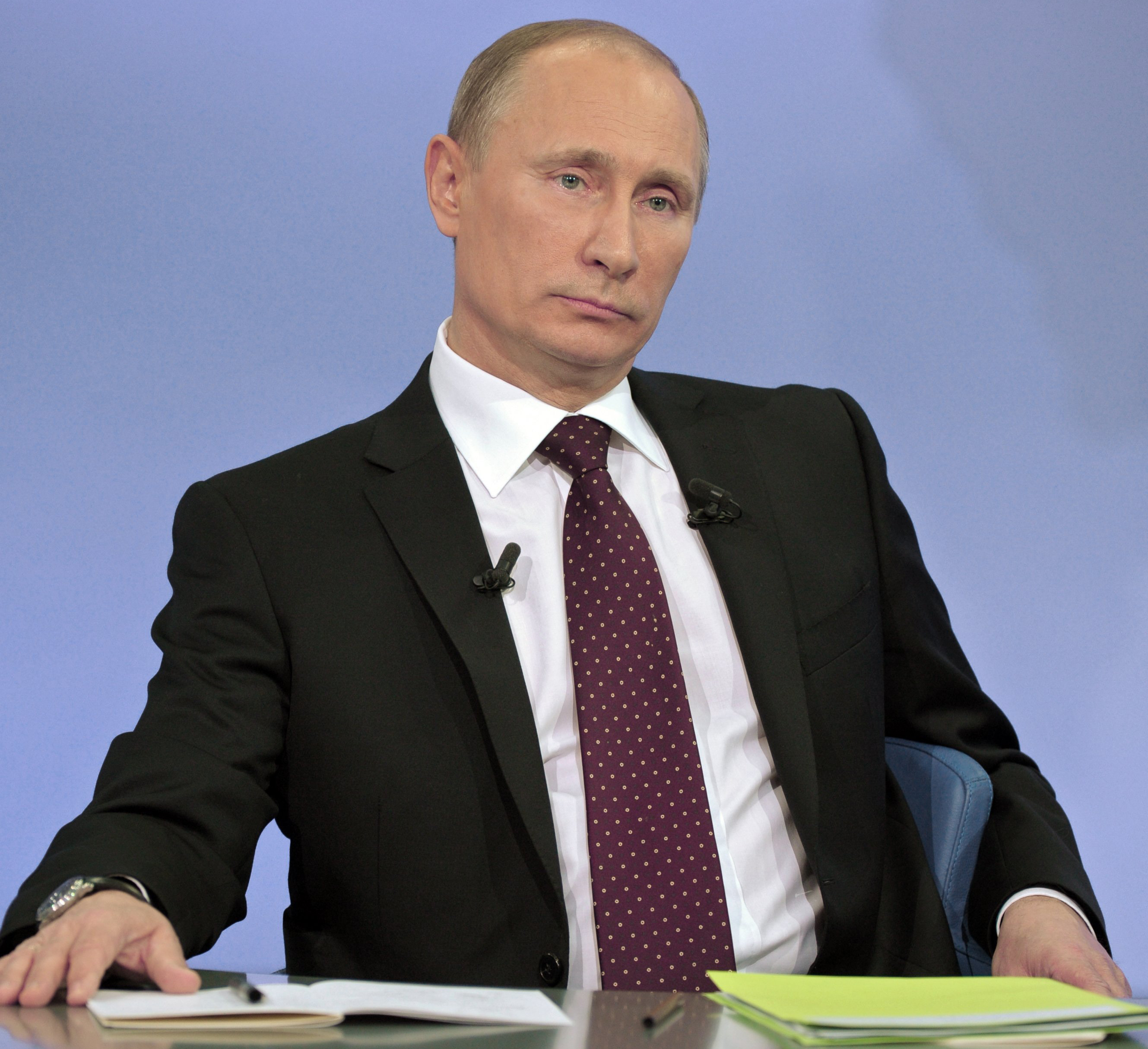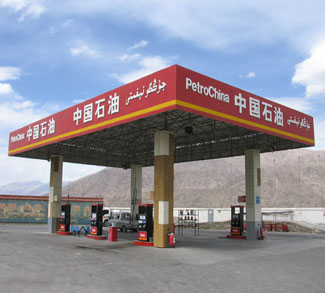Post-civil war Lebanon can be described as a series of calamitous events impacting a people who are already no stranger to being taken advantage of by their political system, as the civil war and subsequent three-decade Syrian military occupation had the combined consequence of eliminating all progressive resistance, creating a mass exodus of the best and brightest, and leaving those who were the most corrupt to govern the state.
Many of these officials have taken advantage of Lebanon’s sectarian-based political system in order to remain in power indefinitely, reaping individual rewards from divisive rhetoric while rendering the polity ever more unstable. The country has now reached a critical point due to the excessive mismanagement of public funds, an issue which is accelerating a potential state collapse – a possibility that has already been flagged by various international organizations.
Lebanon was regarded as a global economic powerhouse in the wake of independence from France, as global financiers invested heavily in the Lebanese banking system from the 1950s to early 1970s. During this time, Lebanon had one of the highest HDIs in the Middle East, and it was a viewed as a premier economy in the Middle East, but the cracks in the system were always visible for those who looked closely.
The Lebanese economy was heavily dominated by Maronites, which represented half of the population at the time, and were a grouping heavily favored by the former French colonial administrators, who had maintained close links with them for two hundred years, fueling resentment amongst other ethnic and religious groups in the country. Under the combined pressures of these sectarian tensions, an explosion of Arab and leftist nationalism across the Middle East, and an influx of Palestinian refugees, Lebanon would eventually explode into civil war in 1975.
The civil war ended with the Taif Agreement implemented by the occupying Syrian government of Hafez al-Assad in 1990, which paved the way for the Assad regime occupying Lebanon for the next three decades. Though elections were held during this period, elected MPs openly collaborated with expanding Syrian, Saudi, and Iranian influence in the nation; many were the very same warlords responsible for killing their neighbors during the 1970s and 80s. Though ideologically different, all of them became intertwined in a web of vested interests and a stake in perpetuating the status quo.
Though the Lebanese financial system would continue to decline, the pace slowed through the 1990s and 2000s, when excessive foreign loans gave the illusion of a stabilized economy—though the reality was quite the opposite, which was obvious to anyone trying to access the country’s crumbling social services. Critical infrastructure access such as public transportation also became defunct; the healthcare system deteriorated; and basic necessities such as running water and electricity continued their deterioration since the civil war.
Following on Lebanon’s slow decline through the 90s and 2000s, the situation became catastrophic from 2019 onwards due to a series of disastrous events and policy deadlock under successive weak and failing governments assembled by President Michel Aoun. The currency has rapidly declined against the dollar and has now lost 90% of its value, with a dizzying 160% inflation rate over the past several years. A once thriving economy now sees at least 70% of its population live in poverty.
The rapidly deteriorating situation had not been helped by the negligence of Lebanon’s Central Banking Chief, Riad Salameh, who had come under international investigation for embezzling Lebanese funds across several different jurisdictions. Countries such as France, Germany, and Luxembourg are currently investigating Salameh. Though his status has diminished on the international stage, Salameh is protected by the same corrupt system that fueled his impunity toward the financial system. Much of the ruling cabinet in the country are multimillionaires, with the prime minister being a billionaire himself. Their wealth has accumulated through a Ponzi scheme of unaccountability and regulations which have gone unchecked since the formations of different governments post-Taif.
This year, the crisis is reaching a breaking point, illustrated by several different instances of Lebanese citizens holding up banks at gunpoint to withdraw money they desperately needed to support families. As the crisis worsened through 2019, the Lebanese government started restricting civilians from withdrawing USD from banks and ATMS. Even worse, those with savings in USD do not even know if their savings are still in their bank accounts due to the rampant embezzlement and corruption. At the macro-level, the country has experienced a shortfall of foreign reserves, squeezing imports even further.
As of October 31st, the official exchange rate of the Lebanese Lira will be adjusted to 15,000 LBP to 1 USD—a stark contrast from the old rate of 1,500 LBP to 1 USD. The change vividly illustrates the effect of out-of-control inflation, which fluctuates every hour in an unstable economy. The economy also faces a shortfall of wheat due to Russia’s invasion of Ukraine and the collapse of the Beirut Port silos over the summer. Unsurprisingly, growing economic despair has reignited sectarianism in Lebanon, with clashes taking place last year as armed Shiite militias moved against Christian neighborhoods in the capital.
Investments from international companies and philanthropists have passed over the country due to a lack of trust in public officials to appropriately allocate funds. There are also sanctions against the Lebanese militia group, Hezbollah, a US-designated terrorist group which answers directly to the mullahs of Iran, who are currently brutally cracking down on a progressive women’s rights movement. As Hezbollah has become Lebanon’s biggest political party and intertwined with enforcing corruption and protecting the ruling class, the country cannot progress economically under the status quo.
Likewise, Lebanese MPs allegedly use Western nations and wealthy Arab countries to steal public funds and savings from citizens. A loophole under international law has allowed the use of countries such as Switzerland, the UAE, Cyprus, and others to launder such funds, occasionally leading to high-profile controversies but never any structural reform.
One of the central difficulties in making public officials more accountable is that they tend to hide behind the same ideology that nearly destroyed Lebanon several decades ago—sectarianism. The same warlords, thieves, and drug traffickers that fought in the civil war now rule Lebanon and hide behind their political parties and their religious sect to avoid blame and accountability. Thus, in modern Lebanon, a critical problem remains trying to hold ministers accountable without stoking conflict amongst and between the religious communities that they belong to, as the scars from the civil war still run deep.
Yet if there’s ever going to be a real reform solution to what ails Lebanon’s financial system, it is going to hinge on establishing this kind of accountability, regardless of which political party or religious sect. A secular Lebanon may be the country’s only hope for a healthy financial sector—but if these issues continue to go unresolved, the once thriving Middle Eastern nation could suffer even more humanitarian catastrophe and, eventually, a state collapse that would produce disastrous consequences across the wider geopolitics of the Middle East.
The views expressed in this article belong to the authors alone and do not necessarily reflect those of Geopoliticalmonitor.com




